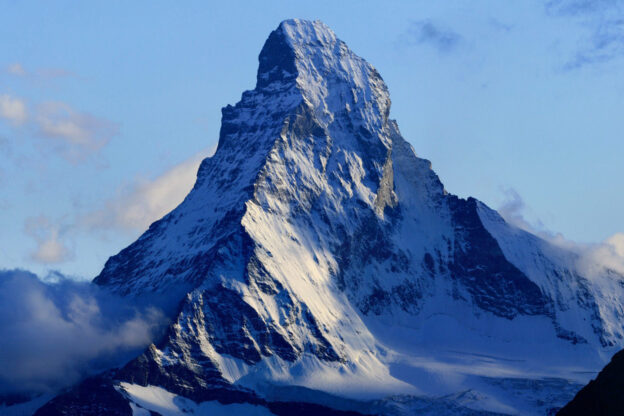Planning a corporate event involves many moving parts, from coordinating schedules to selecting the perfect venue. However, one aspect that can truly elevate your event is entertainment. Whether you’re hosting a conference, gala dinner, or team-building retreat, incorporating the right entertainment can leave a lasting impression on your guests. That’s where a reputable corporate entertainment agency comes into play.
A corporate entertainment agency specializes in curating memorable experiences tailored to corporate events. These agencies have a roster of talented performers, ranging from musicians and comedians to magicians and keynote speakers. They understand the unique needs of corporate clients and work closely with them to ensure the entertainment aligns with the event’s theme, audience demographics, and budget.
One of the primary benefits of working with a corporate entertainment agency is their industry expertise. They have insider knowledge of the entertainment industry and can recommend performers who are not only talented but also professional and reliable. This saves you time and effort scouring the internet for individual acts and vetting their credentials. With a reputable agency, you can trust that the entertainment provided will meet your expectations and leave a positive impression on your guests.
Moreover, corporate entertainment agencies often offer a diverse range of entertainment options to suit different preferences and event formats. Whether you’re looking for live music to set the mood, interactive performances to engage the audience, or inspirational speakers to deliver a powerful message, they can help you find the perfect fit. Additionally, they can handle logistical details such as sound and lighting equipment, ensuring a seamless entertainment experience from start to finish.
In conclusion, partnering with a top corporate entertainment agency can take your event from ordinary to extraordinary. With their industry expertise, diverse talent roster, and attention to detail, they can help you create an unforgettable experience for your guests. Whether you’re planning a small corporate gathering or a large-scale conference, investing in quality entertainment is sure to leave a lasting impression on attendees and enhance the overall success of your event.




